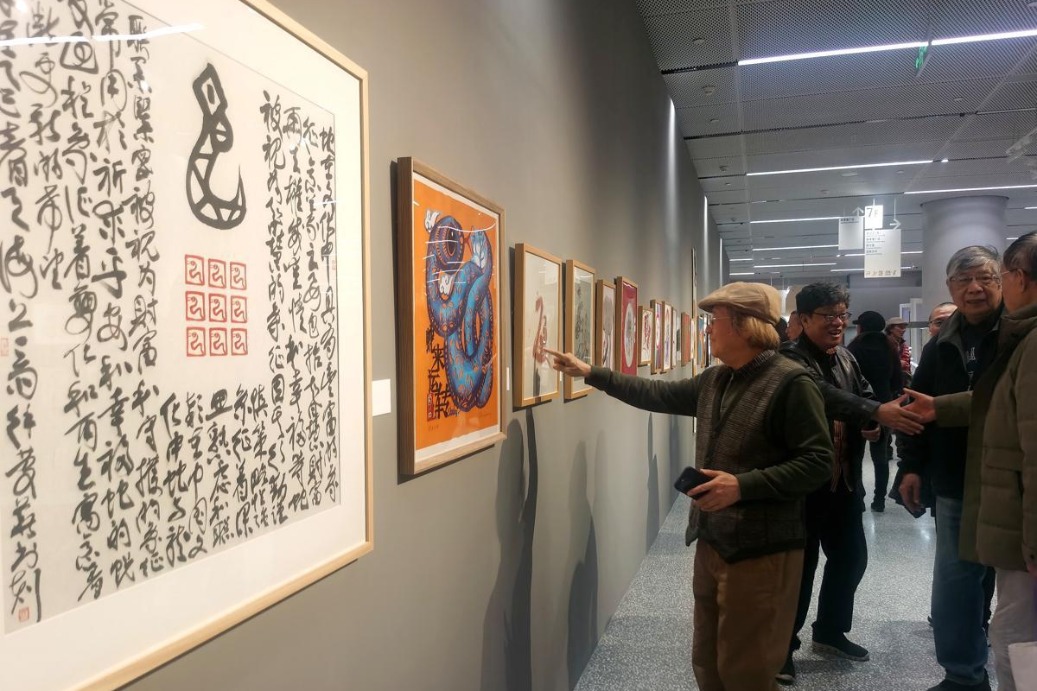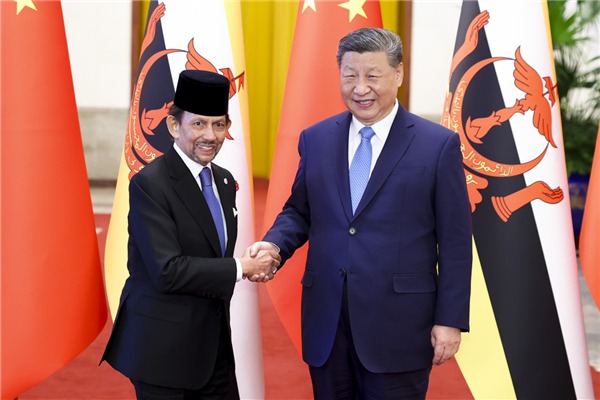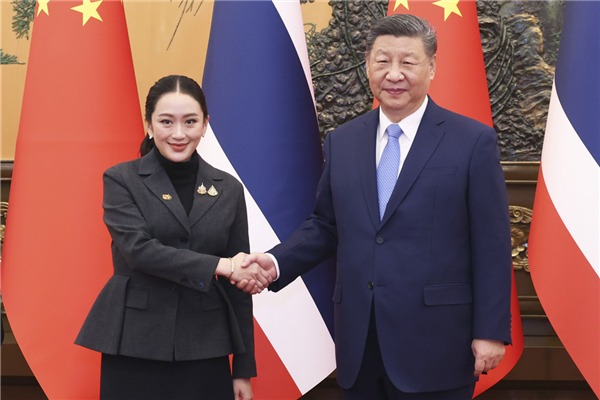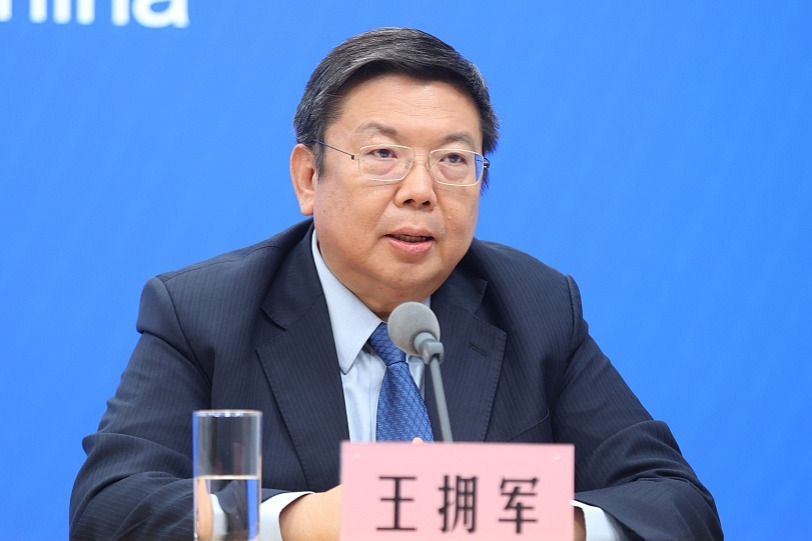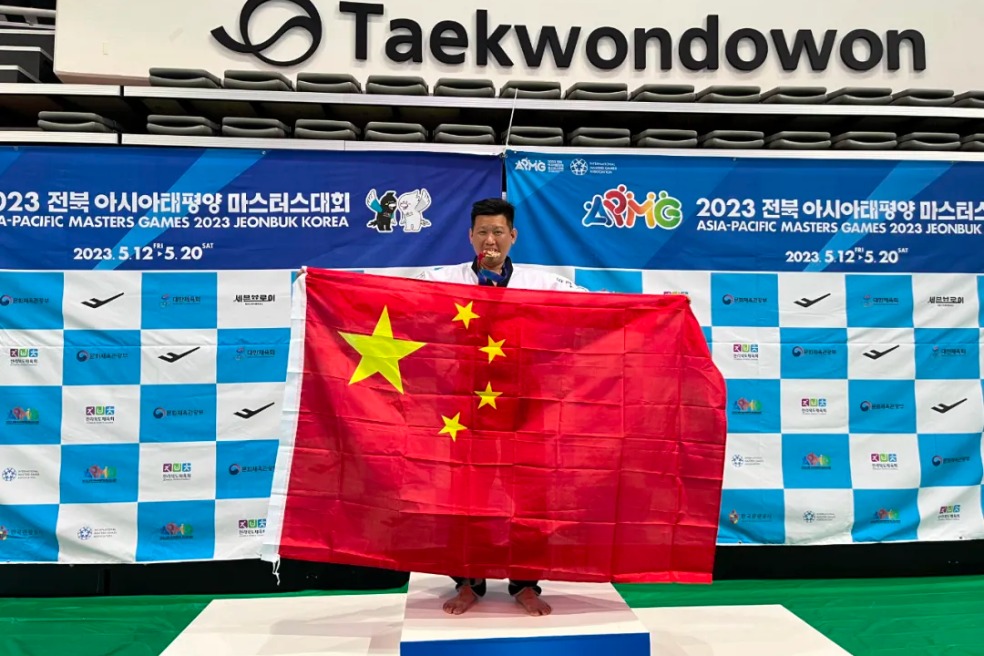Chinese university develops high-efficiency flexible tandem solar cells

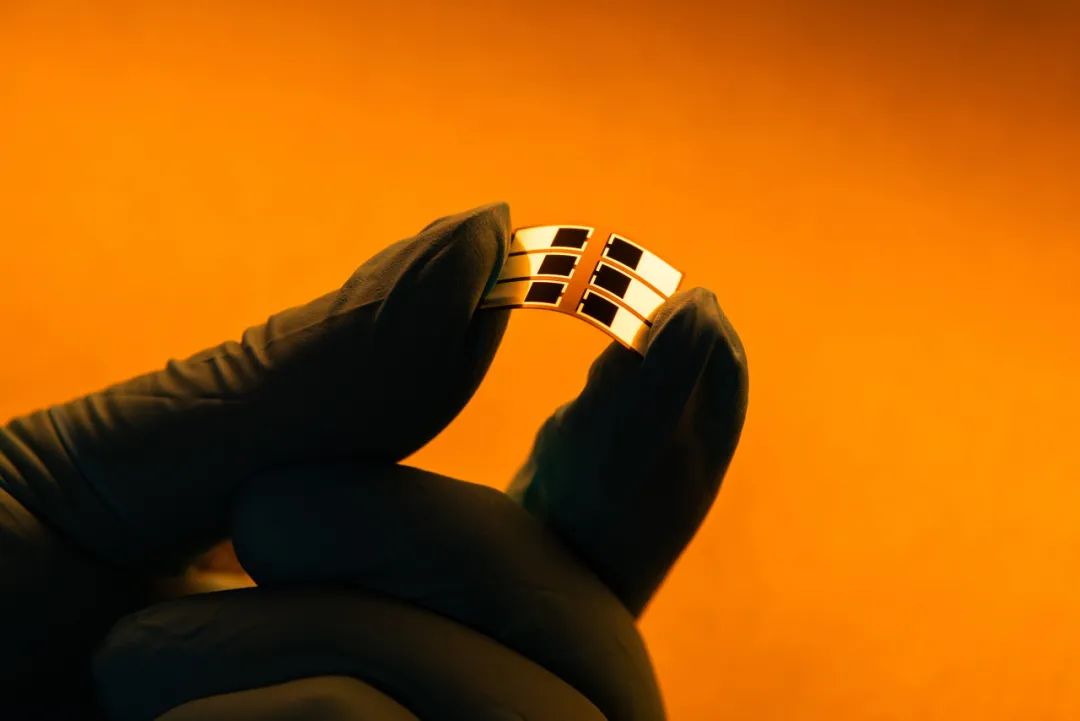
BEIJING -- Scientists at China's Westlake University have unveiled a breakthrough in solar technology: ultra-thin, flexible tandem solar cells that can achieve a record 23.4 percent power conversion efficiency.
The cells, with a thickness comparable to the diameter of a human hair, combine perovskite and copper indium gallium selenide (CIGS) layers, offering promising applications in wearable devices, curved building surfaces, electric vehicles and aerospace, the Science and Technology Daily reported on Thursday.
The research underscores China's growing role in the realm of next-generation solar innovation.
The team, led by Wang Rui from the School of Engineering and the Research Center for Industries of the Future, published their findings in Nature Photonics.
Tandem solar cells overcome the efficiency limitations of traditional single-junction cells by incorporating complementary materials.
Their design stacks two light-absorbing materials -- perovskite and CIGS -- like a "multi-layer cake," as Wang described.
"Each layer captures specific wavelengths of sunlight, enabling the cell to harvest more energy than single-layer alternatives," he said, adding the final product comprises as many as 15 layers, each with stringent requirements regarding thickness and uniformity.
Wang's team started the development of the solar cells in 2022, but they faced a critical challenge: forming a smooth perovskite layer atop the CIGS surface.
Initial attempts left the perovskite riddled with holes, crippling performance. In late 2023, researchers Tian Liuwen and Wang switched tactics, testing new perovskite deposition methods. After months of trials, they achieved a uniform layer -- a milestone that propelled efficiency gains.
The solar cells are expected to find applications in various fields including architecture, automotive, aerospace, and flexible wearable devices, Wang noted.
The technology's lightweight nature also reduces transportation and installation costs compared to conventional panels.
- Chinese university develops high-efficiency flexible tandem solar cells
- Shanghai researchers develop non-invasive method to monitor blood glucose
- Why Xi stresses youth in future China-US ties
- How Xi and his Iowan friends stay in touch over 40 years
- China begins to build major germplasm bank for forestry, grassland conservation
- Shaanxi welcomes surge in international tourists during Spring Festival





















